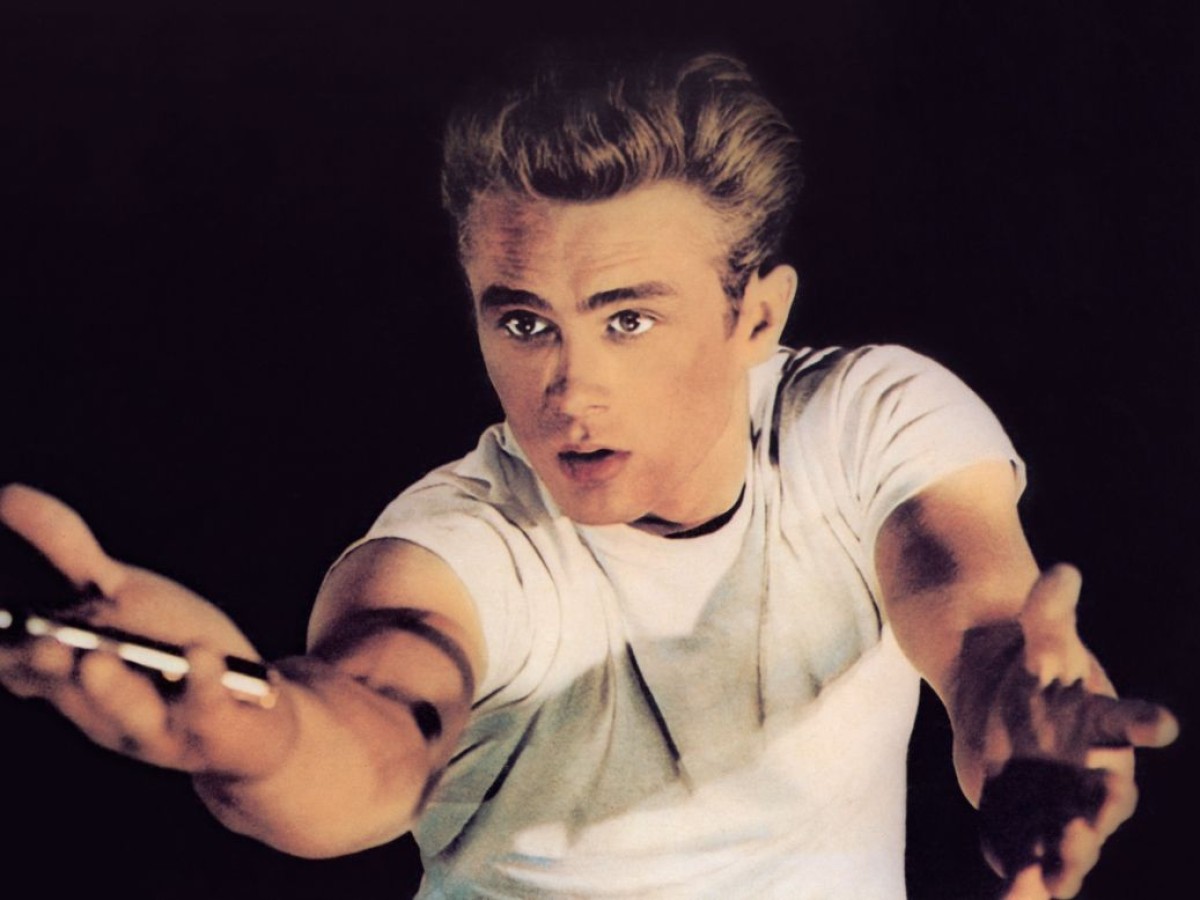Nicholas Ray
The Complete Works
„Le cinéma, c'est Nicholas Ray.“ (Jean-Luc Godard)
Starting January 31, parallel to the second part of the Ingmar Bergman Retrospective, the Film Museum will once again be offering a premiere. This tribute to Nicholas Ray, the great maverick of Hollywood cinema and director of such classics as Rebel Without a Cause, Johnny Guitar or In A Lonely Place, will mark the first time that Ray's films will be shown in their entirety in Austria.
Seen in the context of the studio system, the truly contemporary, lyrical and deeply personal work of Nicholas Ray (1911-1979) is especially astonishing. It was these attributes which led to Ray's being taken as a role model for the filmmaking generations which followed. His unswerving belief in the power of cinematographic expression – "Action Painting" with the camera – and the unmistakable characteristics of his projects (no matter how much resistance he encountered), made him a central figure of the politique des auteurs. As far as the young rebels of the Nouvelle Vague, New German Film or the New Hollywood Era were concerned, he was one of the most important directors in film history.
Ray came to film rather late. As a teenager, he had created his own radio programmes and then gone on to study with Thornton Wilder in Chicago. In 1933, he received a scholarship to study architecture with Frank Lloyd Wright. Although his studies lasted only a few months, Wright's influence can be detected in Ray's later “cinemascopic” spaces as well as in his treatment of landscapes, from the Californian formica wasteland (such as in Rebel Without a Cause) to the mystical ice worlds of the Eskimo drama The Savage Innocents.
In 1934, Ray established himself amongst the left-leaning Bohémiens of Greenwich Village. He became a member of the Communist Theatre of Action, met Bertolt Brecht and Elia Kazan, and worked for the Federal arts and media programmes of the Roosevelt Administration in various capacities as of 1935. These included theatre work, folk music research and recording, and radio work for The Voice of America – primarily during World War II. His boss at the radio programmes, the well-known director and producer John Houseman, was Ray's "ticket to Hollywood" once war was over.
Ray's special approach is already clearly defined in his film debut, the road movie/film noir They Live by Night (1948): a strong romantic fatalism; the attraction to young, disenchanted protagonists, and to the lifestyle of outlaws; his extraordinary talent in shaping actors’ performances; and, of course, his unusually stylized mise en scène.
With the masterpieces that followed, Ray refined his dark commentary on the American Dream. The genres changed, but the emotional vehemence and the serious anti-heroism remained. The first of these were in cool black and white: In A Lonely Place (1950) – an unabashedly autobiographical critique of Hollywood with Humphrey Bogart and Ray's ex-wife Gloria Grahame; On Dangerous Ground (1951) – a study of male violence and lost innocence; The Lusty Men (1952) – a melancholy rodeo drama with Robert Mitchum. The next films were in flaming colour: expressive Westerns such as Johnny Guitar (1954, an encoded reflection on the McCarthy era) and The True Story of Jesse James (1957); bleak family melodramas like Bigger than Life (1956) and the James Dean classic Rebel Without a Cause (1955); or a crazy love story set in the gangster milieu (Party Girl, 1958).
Ray's films became ever more ambitious, his alcoholism ever more oppressive, and his relations with the Hollywood studios ever more fractious. Three of his best films – Bitter Victory (1957), Wind Across the Everglades (1958) and The Savage Innocents (1960) – are virtually cosmic parables which communicate to a European mentality rather than the Hollywood mindset. Even his remarkable epic on the life of Jesus (King of Kings, 1961) was unable to prevent his Hollywood career from coming to an end. Ray's motto had always been "I'm a stranger here myself".
It wasn't until ten years later that Ray was to make his next film, together with his students at Harpur College. Experimental, politically radical, and left intentionally unfinished, this film essay was given a title which might be called the sum of Ray’s life and work experience: We Can't Go Home Again (1973-76). His final project, Lightning Over Water (1980), is similar in its radicality. Co-conceived and finished after Ray's death by Wim Wenders, it is an “impossible" documentary-fiction of terrible beauty – Nicholas Ray reflecting on his ideas about cinema, his physical decline and finally, his own dying of cancer.
